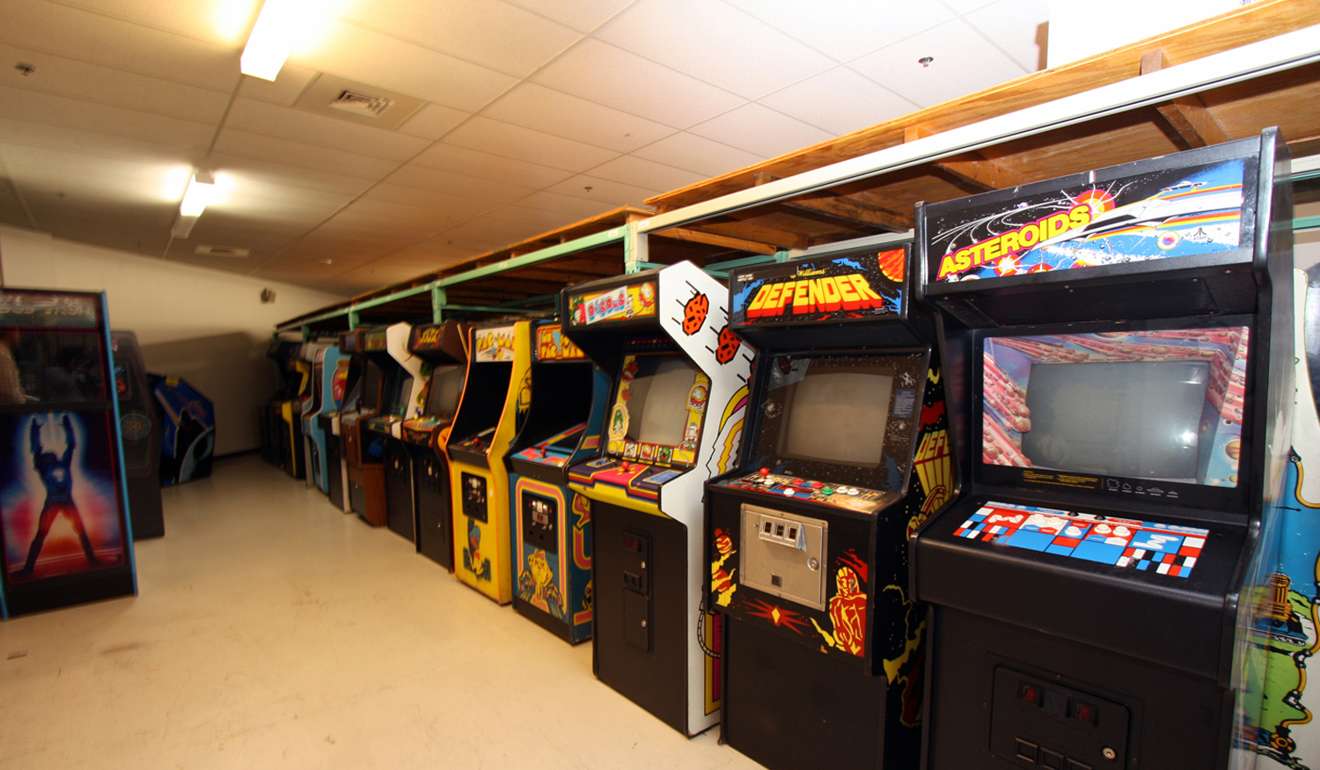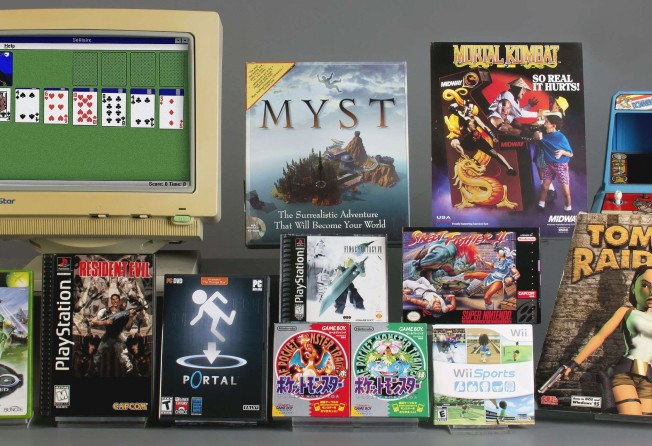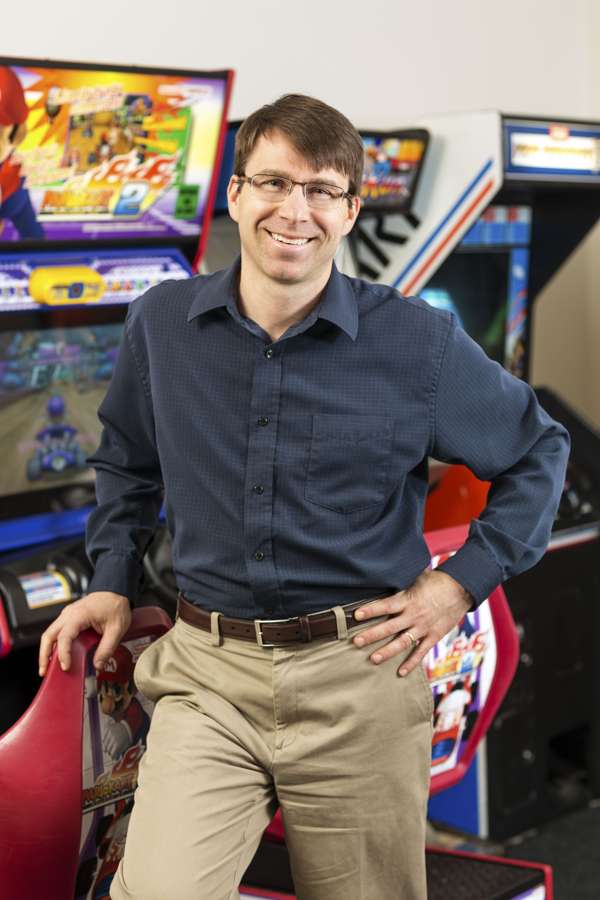
The 2017 Video Game Hall of Fame finalists are in, and they're not just arcade classics
Donkey Kong, Mortal Kombat, Tomb Raider, Street Fighter II, Final Fantasy VII and Pokemon among the 12 nominees, but so too are Myst, Portal, and Microsoft’s Solitaire

The World Video Game Hall of Fame at the Strong National Museum of Play in Rochester, in the US state of New York, spent its first two years mostly honouring the classics. Games such as Pac-Man, The Oregon Trail and Super Mario Bros. were inducted for their lasting impact on popular culture and game design. Also inducted were a few more recent releases, including The Sims, World of Warcraft and Grand Theft Auto III, all immensely popular in their own right.
Now, the museum is wading deeper into the gaming world.

Last month, the Strong unveiled 12 finalists for the hall of fame’s third class of inductees. While this year’s picks will still surely be familiar to gamers of all stripes, the list includes some titles that don’t carry the name recognition of, say, Tetris, an inaugural inductee.
The finalists were selected through open voting on the museum’s website, with thousands of users from more than 100 countries weighing in before the polls closed end of February. The final inductees will be chosen by an advisory committee made up of journalists and video game scholars from around the world, and the results will be revealed at the museum on May 4.
“Many of these games really changed the way that we think about video games by introducing video games to new audiences,” Jeremy Saucier, an assistant director at the museum, told The New York Times.
Criteria for induction include cultural icon status, longevity, geographical reach, and influence on both the gaming industry and “society in general”.
The 12 nominees would certainly seem to fit that mould, though perhaps not all in the same way their predecessors did.
The groundbreaking puzzle game Myst, for example, one of this year’s finalists, was the best-selling computer game of the 1990s, blending haunting scenery with mind-bending mysteries for players to solve. Pioneering, indeed, but it didn’t quite spawn lines of lunch box snacks or children’s apparel.
Halo: Combat Evolved, another finalist, was staple of dorm rooms around the United States in the 2000s, but it’s probably not a name mum and dad would recognise as quickly as they might recall Pong, one of the hall of fame’s first inductees.
And the critically acclaimed Portal, also on the 2017 list, revolutionised the mechanics of first-person shooters when it came out in 2007, but its unique physics would probably intimidate a non-gamer more at home with the dot-munching simplicity of Pac-Man.
An apples-to-oranges comparison? Maybe. But there’s no doubt the museum is moving beyond the household names with this year’s nominees.
Of course, that’s not to say the 2017 finalists are all gamer’s games.
Nintendo’s groundbreaking 1981 classic Donkey Kong is on the list, having endured over the years through its many spin-offs and the ongoing success of the Super Mario Bros. franchise.
So is Mortal Kombat. Released in 1992, the one-on-one martial arts game horrified a generation of parents with its over-the-top gore and sparked an international debate over video game violence. The US Congress even held hearings on the game, in which players – prompted by the now-famous line, “Finish him!” – could rip out their opponents’ hearts, burn them alive and impale them on spikes in bloody “fatalities”. The hearings, organised by former senator Joe Lieberman, paved the way for a US video game rating agency in 1994. The game went on to inspire numerous sequels, as well as a movie franchise and, yes, a 10-track techno album.
Also among the 2017 finalists is Pokemon Red and Pokemon Green, released in 1996 on Nintendo Game Boy. It’s hard to overstate what an enormous impact Pokémon has had in the two decades since it came out. In addition to selling 260 million copies of its games, the Pokémon enterprise has produced more than 21 billion trading cards, 800 television episodes and 17 feature films, according to the hall of fame – all of which gave way to the Pokemon Go mobile craze last summer.

The most unusual pick among this year’s nominees is Microsoft Windows Solitaire. Released on Widows 3.0-equipped PCs in 1991, it’s little more than a computerised version of a centuries-old card game. Devoid of any sophisticated gameplay, it lacks many of the traits that made the others on the list so innovative. But, as the hall of fame noted, it has been installed on more than a billion machines since it came out, proving “analogue games can be even more popular in the digital world”.
The other titles on the 2017 list are the role playing game Final Fantasy VII, the “survival horror” game Resident Evil, the one-on-one combat game Street Fighter II, third-person action game Tomb Raider, and Nintendo’s 2006 Wii Sports, which introduced motion-control technology to wide audiences.
Jon-Paul Dyson, director of the Strong’s International Centre for the History of Electronic Games, said of the nominees: “Whether it’s a pop culture icon like Donkey Kong, an innovator and true original like Portal, or a game like Wii Sports that transformed millions of living rooms into interactive zones for all ages, they’re among the most influential games of all time.”